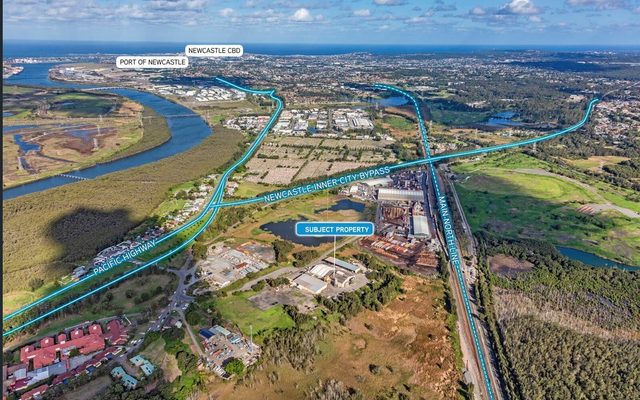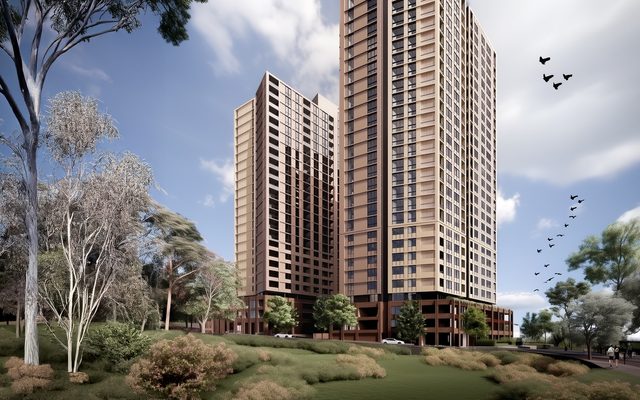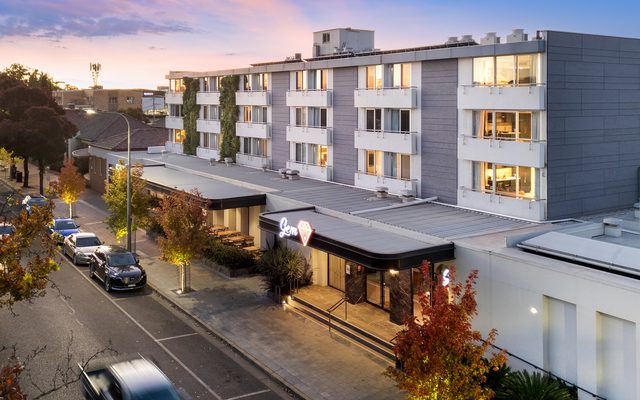This article is from the Australian Property Journal archive
NEW South Wales is growing faster than projected with another 2.7 million residents requiring a roof over their heads in the next two decades but housing supply is not keeping up with demand.
Planning Minister Rob Stokes said the latest NSW Population Projections 2016 Update shows the state grew from 7,218,528 million in 2011 to 9,925,550 million by 2036 – another 2.7 million residents.
Stokes said fewer people are leaving than ever before and these projections are 225,000 more people than forecast in 2014 projections.
According to the projections, metropolitan Sydney will grow from 4,286,217 in 2011 to 6,421,850 in 2036 – another 2,135,633 residents. These Sydney projections show a 167,900 increase on the 2014 figures.
“The increase on the 2014 figures reflect the strength of the booming NSW economy and the effect on encouraging interstate and overseas migration to NSW,” he said.
The modelling used has updated previous estimates that 664,000 additional homes are needed in Sydney between 2011 and 2031. The revised population data suggest 726,000 homes now will be required between 2016 and 2036.
Stokes said NSW is leading the nation in housing approvals, with approvals exceeding 70,000 for the last nine consecutive 12 month periods.
The update projects that over the next 20 years Sydney will have almost 500,000 more people aged 65 years or more. This will lead to big increases in the number of lone person and couple only households. At the same time there is likely to be over 1.5 million babies born between 2016 and 2036. This means family with children households will continue to make up half of all households in Sydney.
Stokes said the NSW government is addressing Sydney’s housing needs, making it easier to build different types of homes like townhouses, terraces and dual occupancies.
The development industry’s peak body, the Urban Taskforce’s CEO Chris Johnson said a diversity of housing types is needed and the state is not building enough.
“Sydney’s housing supply is already 6,000 less than required annually, so an extra 3,000 a year will need a rethink of the planning system.
“While the state government sets policy it is at the local council level that housing approvals are being held up so reform is needed here,” he said.
“Minister Stokes in media coverage on the need for increased housing supply said he preferred a Barcelona mid-rise urban form to a Shanghai high rise form. It is unfortunate that the government is seeing Sydney’s future focussed on European old city models and rejecting the emerging energy of Asian cities.
“Shanghai, like most cities, has a mix of high rise, medium rise and low rise buildings and Sydney needs a similar diversity of housing types,” he continued.
“The Urban Taskforce supports a diversity of built form solutions to our housing needs. This will include high rise close to railway stations and town centres surrounded by mid-rise buildings.
“Sydney can learn from the booming cities of Asia including Shanghai where planning authorities have ensured infrastructure is provided to support the growing population with very fast trains, extensive metro systems, mixed-use cosmopolitan zoning and a focus on global jobs. It is too easy to typify Shanghai through images of the high rise in Pudong without understanding the broader city structure. In the same way the Sydney CBD skyscrapers do not sum up the overall built form of Sydney.” Johnson said.
Australian Property Journal




